Capsizing: Essential Tips for Prevention and Survival
Capsizing is a phenomenon that occurs when a boat or ship rolls on its side or turns upside down due to various factors, such as wave action, instability, or wind force. This can lead to devastating consequences for the vessel, its crew, and any passengers on board. Capsizing has been a critical focus throughout maritime history for engineers, sailors, and emergency responders alike in an effort to understand the causes, develop safety measures, and minimize the risks associated with this potentially fatal event.

Understanding the factors that contribute to capsizing is essential in order to take preventative measures and promote safety at sea. The stability of a vessel is a crucial element in determining its susceptibility to capsizing, and the type of vessel can play a significant role in how it reacts to external forces
. Additional factors such as weather conditions, the skill of the crew, and how a vessel is loaded also contribute to the likelihood of capsizing. By examining past incidents and learning from them, it is possible to develop strategies to mitigate the risks involved with capsizing and help prevent future occurrences.
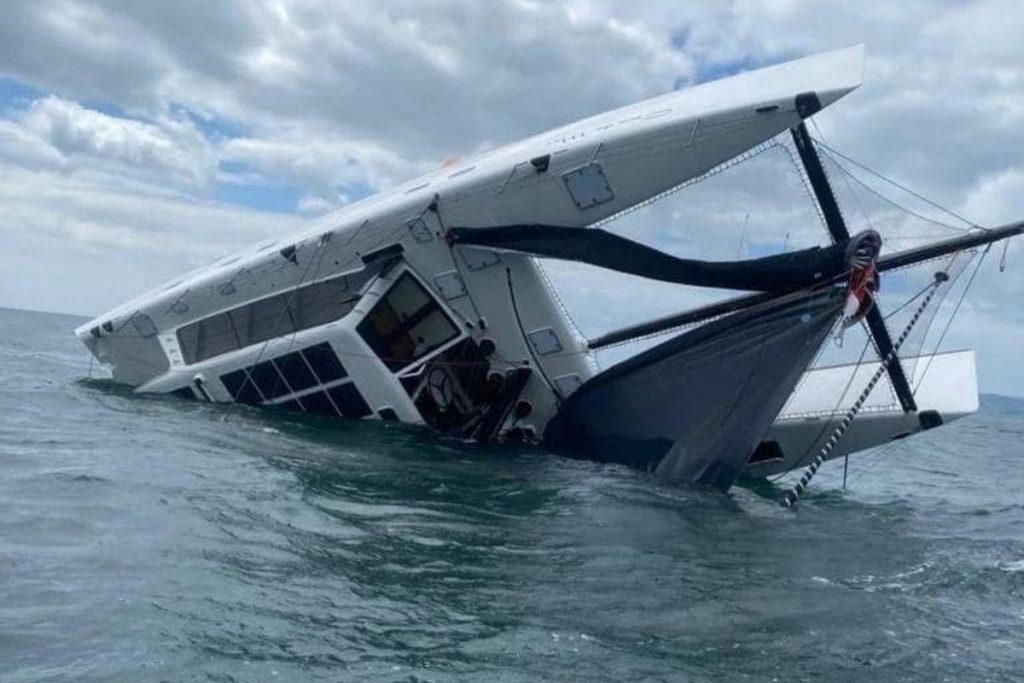
Key Takeaways
- Capsizing involves a boat or ship rolling on its side or turning upside down, often with severe consequences
- Stability, vessel type, and external factors such as weather conditions can influence the likelihood of capsizing
- Examining past incidents allows for the development of preventative measures and improved safety at sea.
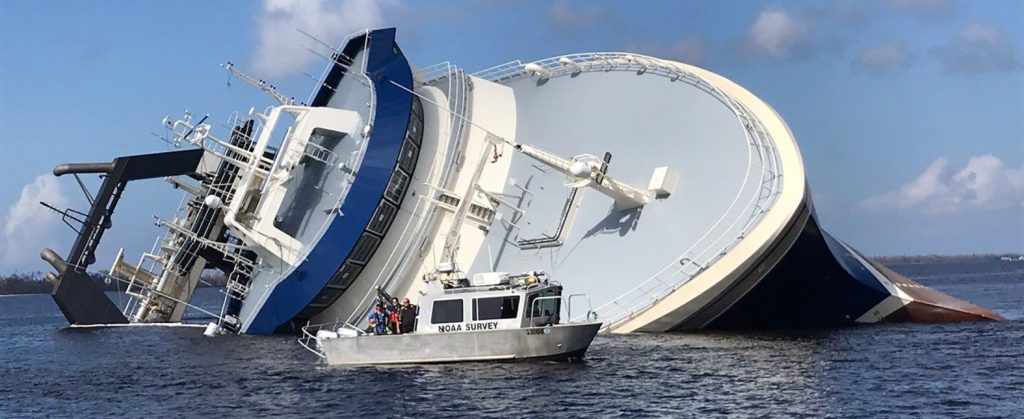
Understanding Capsizing
Capsizing refers to the process of a vessel, such as a boat or ship, overturning and ending up upside down in the water. This sudden and often violent event can occur due to a variety of reasons, including rough weather, improper loading, or operator error. When a vessel capsizes, it can pose a significant danger to sailors, crew members, and passengers on board.
There are different factors that might contribute to capsizing. One common cause is improper weight distribution. When there is an uneven distribution of weight, the stability of the vessel can be compromised, leading it to capsize. It's essential that load is evenly distributed during the process of loading the vessel to ensure its stability while on water.
The crew's movement on the boat can also impact stability; hence, it's crucial to maintain proper weight distribution throughout the journey.
Capsizing can also be a result of environmental conditions such as waves, wind, and water currents. Severe weather conditions, including heavy storms and high winds, create rough seas, which can make it difficult for a vessel to maintain stability. For example, large waves or strong winds can push a boat or ship beyond its angle of positive static stability, causing it to overturn in the water.
Another potential factor in capsizing is operator error. Inexperienced or careless boat handling can lead to situations where a vessel may overturn due to abrupt directional changes, navigating in rough waters, or failing to account for the vessel's limitations.
To mitigate the risk of capsizing, it's essential to understand and respect the vessel's limits and capabilities. Proper maintenance and operation, understanding weather conditions, and regular evaluation of the vessel's stability through factors such as loading and weight distribution can help to ensure a safe and enjoyable time on the water.
In the event of a capsize, the priority is to ensure the safety of all passengers and crew and to attempt to right the vessel. Precautionary measures, including life jackets and emergency plans, should be in place to deal with such situations effectively.

The Science of Stability
Vessel stability is a critical factor in ensuring the safety of ships and their crew. It refers to a vessel's ability to maintain balance and maintain its upright position despite the forces acting upon it, such as waves and wind.
A basic principle governing a vessel's stability is the relationship between its center of gravity (G) and the metacentric height (GM). The metacentric height is the distance between the center of gravity and the metacenter (M), a point where the line of action of the buoyant force intersects the vessel's centerline. A higher GM value indicates better stability, as the vessel is less likely to capsize.
External factors, such as waves, can significantly impact a ship's stability. In beam seas, for instance, waves striking the vessel's sides at a 90-degree angle can induce roll motion. This roll motion can lead to potential capsizing events if the oscillations become too large, surpassing the vessel's designed stability limits.
Wind forces are another aspect to consider when analyzing a ship's stability. The wind's effect on a vessel's sail area or superstructure can cause a heeling force, pushing the vessel to one side. This, in turn, could result in a loss of stability if the vessel's GM value is not sufficient to counteract these forces.
In summary, a vessel's stability is determined by a complex interplay between its center of gravity, metacentric height, and the forces acting upon it, such as waves and wind. Ensuring that a ship is designed to withstand these forces is critical to maintaining its safety at sea.
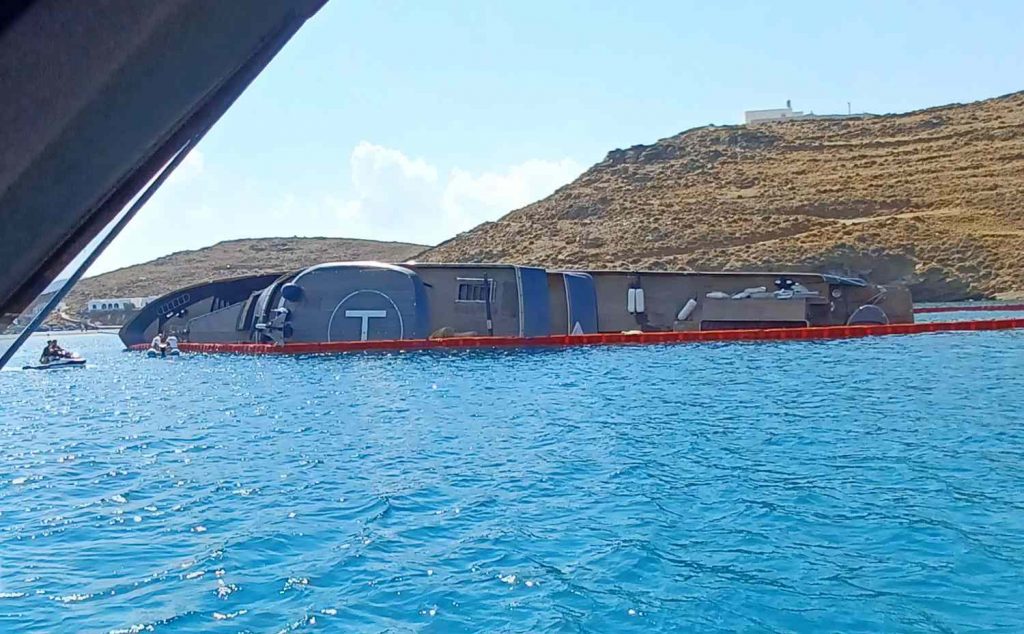
Factors Leading to Capsizing
Capsizing is a dangerous event that can affect various types of boats, leading to loss of life and property. Several factors contribute to capsizing, and it is crucial to understand and minimize these risks for a safe boating experience.
One leading factor in capsizing is the speed of the vessel. High-speed boats can capsize when turning too fast, causing the boat to lose balance and tip over.
Excessive speed may also result in loss of stability, particularly in smaller boats, due to the motion of the water. It is essential to maintain appropriate speeds and remain vigilant in observing speed limits and water conditions.
Load distribution plays a significant role in maintaining a boat's stability. An unbalanced weight distribution can cause a ship to become unstable and overturn. Overloading is another significant concern, as it adds unnecessary weight to the vessel, lowering its center of gravity and increasing the risk of capsizing. Proper weight distribution and adhering to loading guidelines are crucial for avoiding capsizing.
Weather conditions, such as storms, heavy rain, and strong winds, can greatly influence a boat's stability. In particular, smaller boats are more susceptible to capsizing due to weather elements.
Large waves and rough water surfaces can cause boats to become unstable and eventually capsize. It is vital to monitor the weather forecasts and avoid venturing into the water with unfavorable conditions.
Collisions are another potential cause of capsizing. A boat's stability may be compromised when it collides with another vessel, an underwater object, or even a large wave. In cases of collision, the impact force can cause the boat to lose its balance and capsize. It is crucial to maintain a safe distance from other watercraft and objects while navigating the waterways.
In conclusion, various factors, including speed, load distribution, overloading, weather conditions, and collisions, can lead to capsizing. By being aware of these risks and taking necessary precautions, boaters can enjoy a safe and enjoyable time on the water.
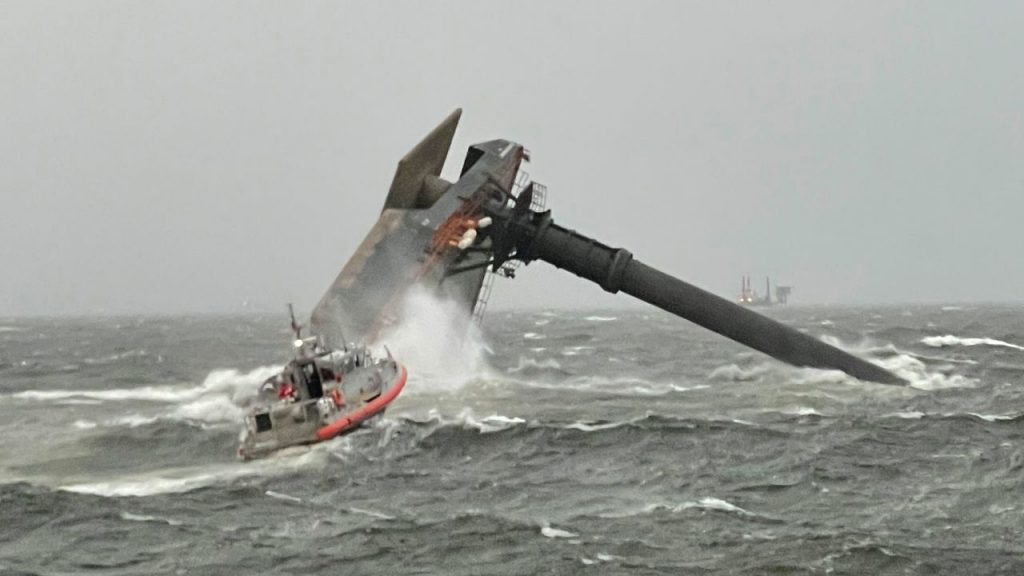
Types of Vessels and Their Susceptibility
Boats and ships differ in size and purpose, which affects their susceptibility to capsizing. Generally, smaller vessels like canoes, kayaks, small dinghies, and lifeboats are more prone to capsizing due to their lower stability and higher sensitivity to wind and waves. However, even larger vessels like ferries and sailboats can experience capsizing if certain conditions are met, such as imbalance of weight, equipment damage, or human error 1.
Canoe and kayak capsizing is usually caused by paddler inexperience, strong currents, or unpredictable water conditions. Staying low in the vessel and maintaining good balance can significantly reduce the risk of capsizing in canoes and kayaks 2.
Sailboats and ferries are exposed to higher wind forces due to their larger sail area or superstructure. These forces can create a significant heeling moment, which can lead to capsizing if not properly managed 3. For sailboats, this can be mitigated by adjusting the sails or mast angle. Ferries, on the other hand, can benefit from modern stability systems and regular maintenance checks to minimize the risk of capsizing 4.
Small dinghies and lifeboats have a higher risk of capsizing due to their smaller size, lighter construction, and vulnerability to waves or wakes from passing vessels. These small vessels should be operated with caution, especially in rough or crowded water conditions 5.
Speedboats, which are designed for speed and agility, may also be susceptible to capsizing if not operated properly. Factors such as sharp turns, excessive speed, or sudden changes in direction can result in instability, potentially leading to a capsize 6. Operators of speedboats should always prioritize safety and stay within the vessel's operating limits to prevent such incidents.
In conclusion, the susceptibility of different vessels to capsizing varies depending on their size, design, and operational conditions. By understanding these factors and operating all types of watercraft with care, the risk of capsizing can be effectively reduced.

Safety Measures and Survival
Capsizing of large vessels can lead to life-threatening situations, making it crucial to implement safety measures and adopt survival techniques. From the moment of capsizing, the priority is always the safety of the crew and passengers. The captain or a designated crew member should assess the situation and evaluate the risks, determining the best course of action based on the severity of the capsizing.
One critical aspect of safety is ensuring that all members on board are equipped with personal flotation devices (PFDs). PFDs help reduce the risk of drowning and make it easier for survivors to stay afloat while awaiting rescue.
In some cases, vessels may be designed to self-right, where the natural buoyancy and design of the boat enables it to return to its upright position following a capsize. However, many boats, particularly small recreational crafts, do not have this capability. Crew and passengers should be familiar with capsize recovery techniques such as those involving the use of paddles, ropes, and other flotation devices.
Lifeboats play a critical role in the survival of crew and passengers. Properly maintained and equipped lifeboats provide a safe and secure means of escape. Regular drills should be conducted to ensure familiarity with the process of launching and boarding lifeboats.
Communication channels also become crucial during such emergencies. A vessel or its survivors should establish contact with the Coast Guard or other rescue units through radio calls or other signaling devices, including flares and EPIRBs (Emergency Position-Indicating Radio Beacon).
In addition to implementing adequate safety measures, it is essential to stay informed about potential causes and warning signs of capsizing. By understanding the risks and limitations of boat design and stability, crew and passengers can practice proactive safety measures and be prepared for emergencies. This includes ensuring proper loading, avoiding overloading, and carefully navigating through adverse weather conditions.
Overall, enacting a comprehensive set of safety measures and remaining knowledgeable about capsizing risks can significantly increase a crew's chances of survival during such emergencies.
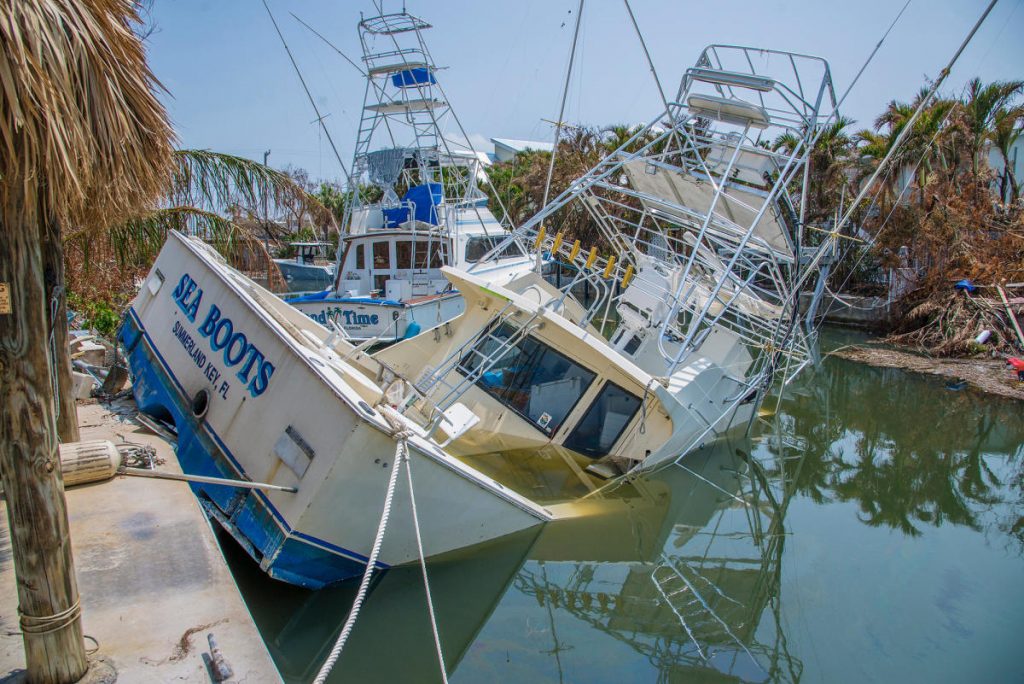
Notable Capsizing Incidents
In recent years, there have been several capsizing incidents, some of which have resulted in significant loss of life and damage to the vessels involved. One such incident was the capsizing of the Costa Concordia, a cruise ship carrying over 4,000 passengers and crew, which ran aground off the coast of Italy in 2012. The disaster led to the deaths of 32 people and required a complex salvage operation.
Another example is the Golden Ray, a cargo ship that capsized off the Georgia coast in 2019. The incident was caused by incorrect calculations about the vessel's stability, resulting in more than $200 million in damage. The salvage operation for the Golden Ray, which began in 2020, is ongoing.
Capsizing can also be particularly tragic when involving vessels transporting migrants. For instance, in the Mediterranean Sea, numerous overcrowded boats carrying migrants have capsized, resulting in hundreds of fatalities. These disasters highlight the dangers faced by migrants attempting to reach Europe on unsafe vessels.
The Seacor Power, a lift boat, capsized off the coast of Louisiana in April 2021 during a storm. At the time of the incident, the boat had 19 people aboard; six were rescued, one was found dead, and 12 more went missing. The incident raised concerns about safety regulations and vessel design in the offshore energy industry.
In summary, capsizing incidents can result from a variety of factors, such as incorrect stability calculations, overcrowding, and severe weather conditions. They often lead to significant loss of life and damage to the vessels involved, highlighting the need for improved safety measures and vigilance when operating or traveling on any vessel at sea.
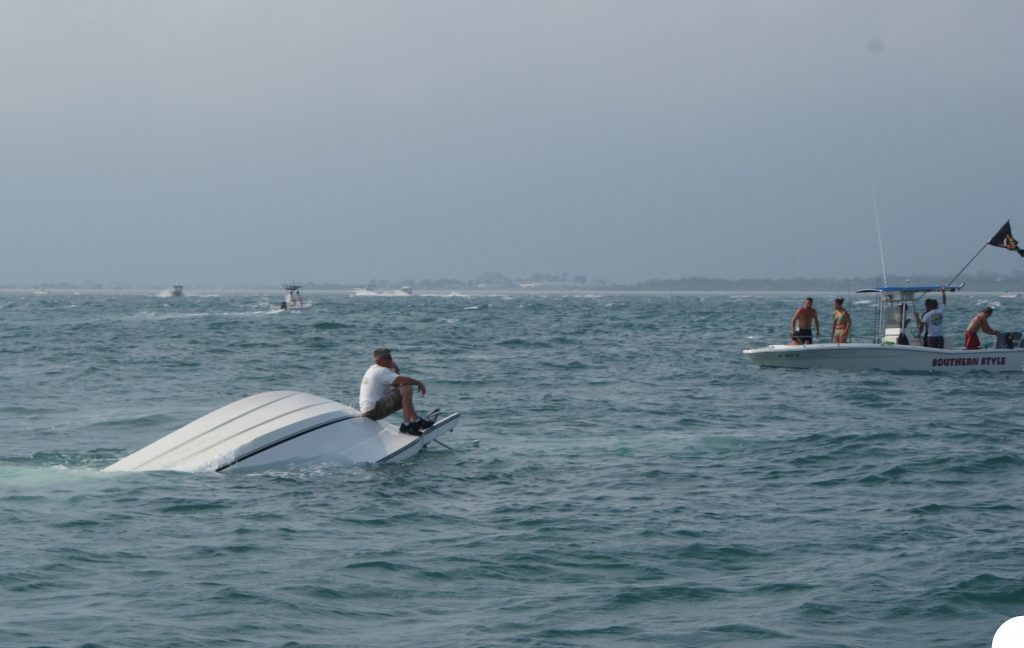
Capsizing in Context
Capsizing refers to the act of a boat or ship overturning, usually accidentally, while on water. It is a term commonly used in the maritime industry and is an essential concept to understand when discussing boat safety. Capsizing can be both a transitive verb, "to cause to overturn," and an intransitive verb, "to become upset or overturned" as defined by the Merriam-Webster dictionary.
The term "capsid" is unrelated to capsizing. Capsid is a term in biology, referring to the protein shell surrounding a virus's genetic material. The correlation between the term "capsid" and "capsizing" is only phonetic, and they have entirely different meanings and applications.
When discussing capsizing in Spanish, it is vital to use the appropriate adjectives and terminology. In this language, capsizing is referred to as "volcar" or "zarandear," and proper usage will ensure clear communication among Spanish-speaking individuals in the maritime industry.
In the study of language and linguistics, corpora play a significant role in understanding word usage and context. Corpora are large collections of written and spoken texts, which help researchers analyze language patterns. The Cambridge Dictionary cites capsizing as "to ( cause a boat or ship to) turn upside down by accident while on water", providing an example of the term's usage in context.
Cambridge University Press, one of the world's leading academic publishers, is a valuable resource for materials related to capsizing and maritime safety. The institution's extensive collection of publications offers valuable information and insights on the subject, which contributes to a deeper understanding of the nuances and importance of capsizing as a topic.
When using the term "capsizing" in any language or context, it is crucial to apply it accurately and with proper understanding. Through the study of linguistics, dictionaries, and academic publications, the importance of clear communication and accurate language usage can be emphasized, ensuring that maritime safety and knowledge are upheld to the highest standards.
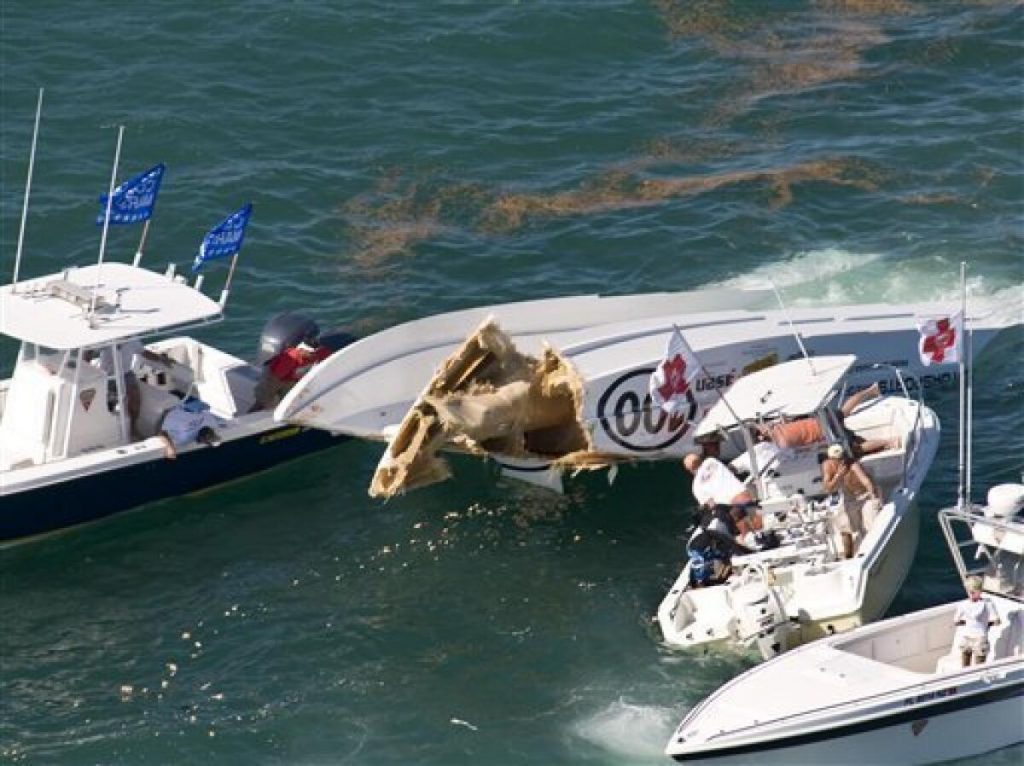
Preventing Overturns
One of the most critical factors in preventing capsizing or overturning of a boat is understanding and maintaining the vessel's stability. A stable boat has a low center of gravity, which helps it to stay upright even in challenging conditions. Both the design of the hull and the placement of objects within the boat, such as passengers, cargo, and equipment, significantly impact stability.
To maintain actual stability, it is essential to avoid overloading your boat. Distribute the weight in the boat evenly, not only from port to starboard but also from bow to stern and throughout the hold, ensuring the vessel is properly balanced. Overloading or uneven weight distribution can cause the boat to tilt, making it susceptible to pitch and capsize when navigating through waves or during sudden maneuvers.
The deck should be cleared of any unnecessary or loose items that could shift or slide during operation, creating an imbalance in the boat. Make sure that any storage compartments or tanks are secured, as their unexpected movement can also impact your boat’s stability.
When operating a boat, it is essential to be mindful of the conditions on the water. Waves or wind can dramatically affect your boat's stability, mainly if your vessel has a high deck or a raised center of gravity. Keep an eye out for unexpected changes in weather and be prepared to adjust your navigation as needed.
In case your boat flips and becomes a turtle, meaning it turns upside-down, your best chance of survival is to stay calm and prepare to exit the vessel as quickly and safely as possible. Orient yourself to the surrounding water and find your way to the surface.
Lastly, make sure you are familiar with your boat's capabilities and limitations. Each vessel is designed differently, affecting its overall stability. Know your boat's specific features, such as the design of the hull, deck, and bow, along with its recommended passenger and cargo capacities, to ensure a safe and enjoyable experience on the water.
By following these guidelines and understanding your boat's design and stability, you can significantly reduce the risk of capsizing or overturning, ensuring a safe and enjoyable boating experience for everyone onboard.
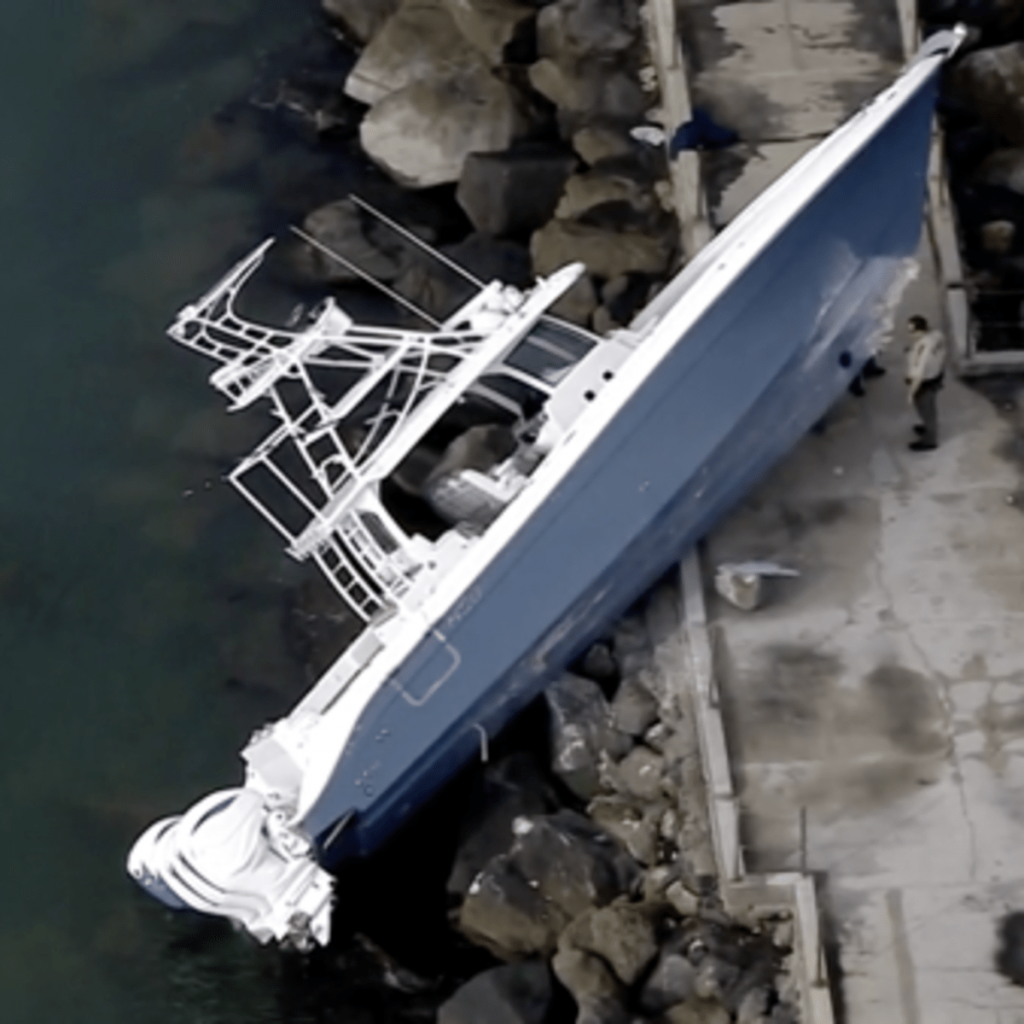
The Aftermath of a Capsize
When a capsize occurs, coping with the immediate consequences is crucial for the safety of those onboard. In most cases, passengers will find themselves submerged with the overturned vessel, so finding an exit and locating life jackets becomes a priority. It's important to remember that the port (left) side of a sailboat should still be accessible even if the vessel is overturned.
Once the crew is safely out of the capsized sailboat, assessing the situation is the next step. While some capsized vessels may be salvageable and can be righted, others might be beyond saving, already sinking or even sunk. In such cases, the emphasis shifts to finding rescuers and staying afloat until help arrives. Maintaining communication with the shoreline or nearby boats can be a challenge, but leveraging any available radio equipment or flares can make a significant difference.
Capsized vessels are generally investigated by authorities in order to determine the cause of the incident. In some cases, search and rescue operations may continue for several days, as documented by news reports. The US Coast Guard and local marine services often work in tandem to conduct search and rescue missions, braving choppy waters and other hazards to help locate missing individuals.
Throughout the entirety of the aftermath, remaining calm and clear-headed is key to effectively navigating this tumultuous event. Knowledgeable sailors understand the risks involved in sailing, and proper preparation can make a difference in the outcome of a capsizing. With appropriate training, skills, and equipment, those onboard can confront capsizes with confidence and increase their chances of a safe resolution.
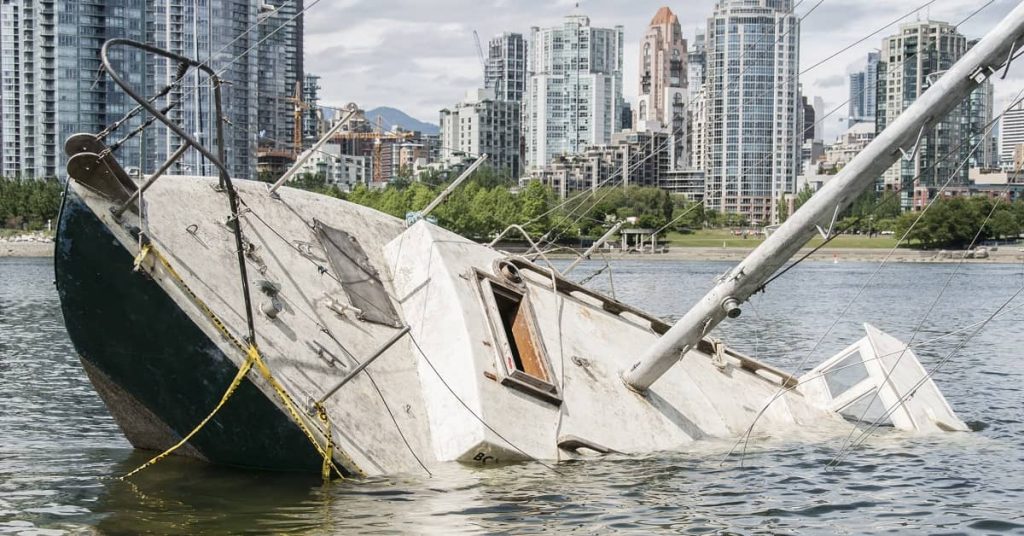
Frequently Asked Questions
How can I prevent a boat from capsizing?
To prevent a boat from capsizing, it is essential to follow safety precautions and maintain stability. First, be aware of the surrounding conditions, such as high waves or strong winds, and avoid them if possible. Ensure that all gear is secured and everyone on board is wearing a life jacket CGAA. Additionally, distribute weight evenly across the boat and avoid overloading or sudden movements that could compromise its balance.
What are the common causes of capsizing?
Common causes of capsizing include wave action, high winds, abrupt turns, and improper weight distribution. Additionally, a boat may capsize if it is structurally compromised, inadequately maintained, or encounters large waves or other hazardous conditions.
How do you recover from a capsized boat?
Recovering from a capsized boat depends on the size and type of boat, as well as the severity of the situation. Small sailboats, such as dinghies, can often be manually righted by their crew Wikipedia. In the event of a more severe capsizing, the priority becomes the safety of the passengers and crew. Assess the situation and risks, and follow the guidance of the captain or designated crew member CGAA.

Is it possible for large ships to capsize?
Yes, large ships can capsize, although it is relatively rare. Due to their size and engineering, large vessels often have more built-in stability mechanisms. However, in extreme conditions or if the ship's structural integrity is compromised, capsizing can still occur Ocean Marine.
What are the safety measures to follow during a capsizing incident?
During a capsizing incident, the primary objective is to ensure the safety of all passengers and crew members. Always wear life jackets, maintain clear communication, and follow the directions of the captain or designated crew member. If abandoning the vessel becomes necessary, gather essential supplies, stay together, and try to stay afloat using flotation devices until rescue arrives CGAA.
How does the design of a boat affect its stability and capsizing risk?
The design of a boat can significantly impact its stability and risk of capsizing. Factors such as hull shape, materials, and center of gravity are crucial in determining its ability to withstand external forces or recover from a tipping motion. Proper engineering, regular maintenance, and attention to safety features all contribute to a boat's stability and lower the risk of capsizing Marine Insight.
Footnotes
- Capsizing - Wikipedia ↩
- Kayak Safety - American Canoe Association ↩
- Ship - Dynamic Stability, Buoyancy, Trim | Britannica ↩
- Maritime Safety Management - International Maritime Organization ↩
- Chapter 8 - Keep your vessel stable - Transport Canada ↩
- Tips to Avoid a Speedboat Accident - BoatUS Magazine ↩
Charlie is Editor-in-Chief of Sea Magazine